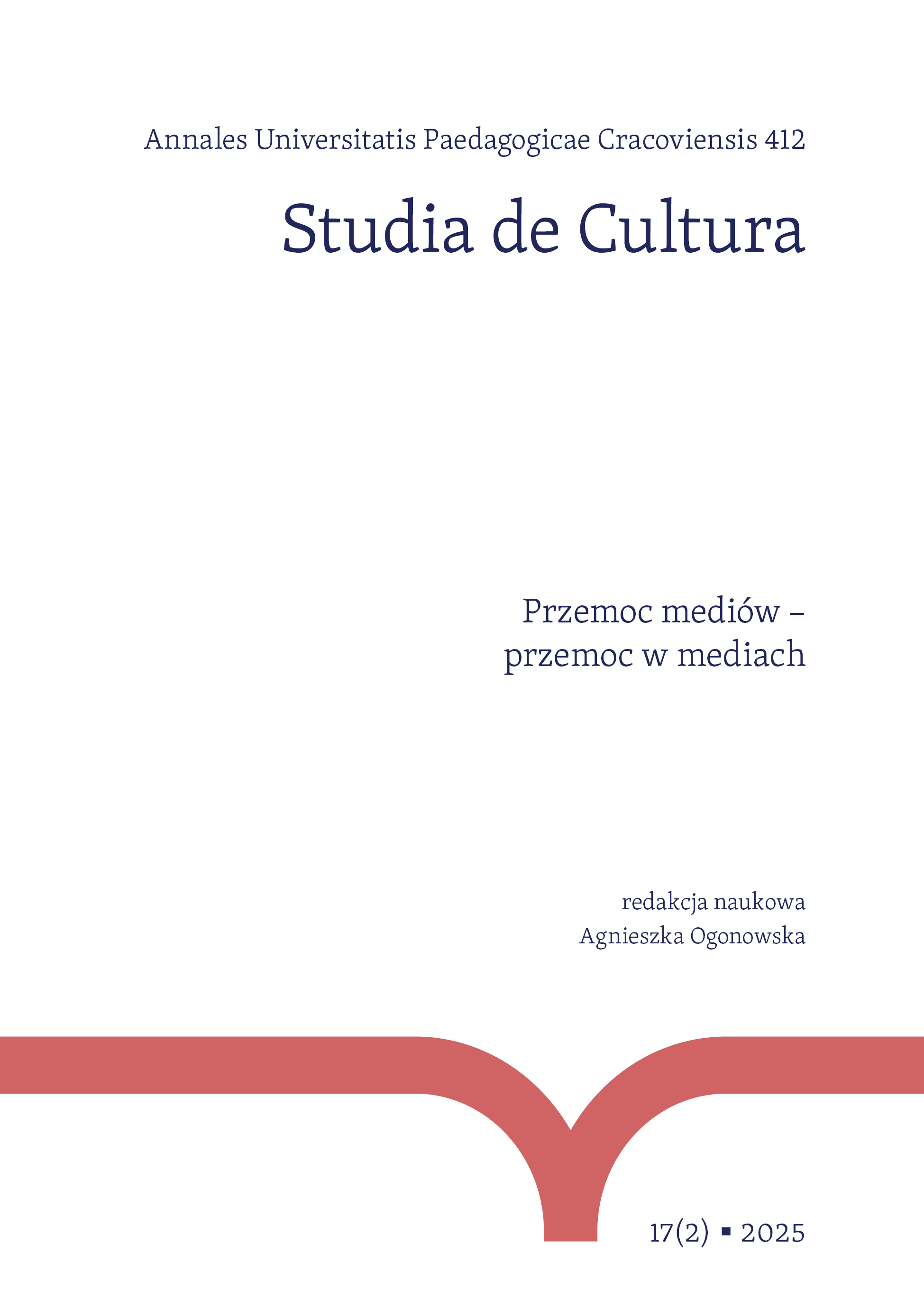Abstract
This article analyses the phenomenon of symbolic violence in the context of employer branding, focusing on the use of employees’ bodies and images in recruitment campaigns conducted via social media. The central thesis argues that companies often treat employees as objects in brand promotion, leading to their objectification and marginalization. The analysis is grounded in Pierre Bourdieu’s theory, particularly his concept of cultural mechanisms of domination, to examine how such practices shape organizational identity and perceptions of employees. Content analysis and semiotic analysis are employed to explore how social media images can reinforce stereotypes and social inequalities. The findings highlight the harmful consequences of these practices – both for employees, who may feel excluded, and for organizations, which risk a loss of diversity and the discouragement of potential candidates. The article also proposes ethical alternatives to employer branding, emphasizing inclusivity and equality in recruitment.
References
Adidas Polska. 2024. https://careers.adidas‑group.com/jobs?location=%5B%7B%22country%22%3A%22Poland%22%7D%5D&brand=adidas (dostęp: 29.12.2024).
View in Google Scholar
Arribas Verónica et al. 2014. „Abercrombie & Fitch: A Business Ethics Perspective in the Fashion Industry”. https://www.iese.edu/media/research/pdfs/WP-1105-E.pdf (dostęp: 29.11.2024).
View in Google Scholar
Backhaus Klaus, Tikoo Surinder. 2004. „Conceptualizing and Researching Employer Branding”. Career Development International nr 9(5). 501–517.
View in Google Scholar
Bettina Barbara, Sherry William. 2014. „The Effects of Corporate Image and Employer Branding on Employee Engagement and Loyalty”. Journal of Business Research nr 67(3). 362–367.
View in Google Scholar
Bourdieu Pierre, Passeron Jean‑Claude. 1990. Reprodukcja. Elementy teorii systemu nauczania. Elżbieta Neyman (przeł.). Warszawa.
View in Google Scholar
Bourdieu Pierre. 1984. Distinction: A Social Critique of the Judgement of Taste. Cambridge.
View in Google Scholar
Chibber Vivek. 2021. The Class Matrix. Cambridge.
View in Google Scholar
Evans Dave. 2020. Social Media Marketing: An Hour a Day. Hoboken.
View in Google Scholar
Finley Taryn. 2018. H&M Hires Global Diversity Leader In Response To ‘Monkey Hoodie’ Backlash. https://www.huffpost.com/entry/hm‑hires‑global‑leader‑for‑diversity‑in‑response‑to‑monkey‑hoodie‑backlash_n_5a60bea7e4b01b82649d4b57 (dostęp: 29.11.2024).
View in Google Scholar
Horton Adrian. 2022. „«Discrimination Was Their Brand»: How Abercrombie & Fitch Fell Out of Fashion”. The Guardian. https://www.theguardian.com/film/2022/apr/19/abercrombie‑fitch‑netflix‑documentary‑fashion‑discrimination (dostęp: 29.11.2024).
View in Google Scholar
Illouz Eva. 2012. Dlaczego miłość rani. Socjologia uczuć. Agata Czwojdrak (przeł.). Warszawa.
View in Google Scholar
Klimkiewicz Katarzyna, Oltra Victor. 2017. „Does CSR Enhance Employer Attractiveness? The Role of Millennial Job Seekers’ Attitudes”. Corporate Social Responsibility and Environmental Management t. 24(6), 449–463. https://doi.org/10.1002/csr.1419 (dostęp: 29.12.2024).
View in Google Scholar
Knox Simone, Freeman Cheryl. 2020. „Measuring Employer Brand: A Stakeholder Perspective”. Journal of Marketing Management nr 36(7–8). 692–718.
View in Google Scholar
Kotler Philip, Keller Kevin Lane. 2016. Marketing Management. Harlow.
View in Google Scholar
LPP. 2024. https://www.lpp.com/en/career/ (dostęp: 29.11.2024).
View in Google Scholar
Michałowski Piotr. 2019. Allegro promuje różnorodność wśród pracowników. https://raportcsr2019.allegro.pl/pl/o‑raporcie/tabela‑gri/ (dostęp: 29.12.2024).
View in Google Scholar
Morris Annalena. 2018. 4 Trends That Hold the Key to Successful Recruitment in 2018. SocialTalent. https://www.socialtalent.com/blog/recruiting/4-trends‑hold‑key‑successful‑recruitment-2018-linkedin‑report (dostęp: 29.11.2024).
View in Google Scholar
Nike. 2024. https://jobs.nike.com/pl/ (dostęp: 29.11.2024).
View in Google Scholar
Red Bull. 2012. https://www.redbull.com/int‑en/projects/red‑bull‑stratos (dostęp: 29.12.2024).
View in Google Scholar
Santos Leticia Cezário. 2022. Thin, White and Young: The Culture of Exclusion of Abercrombie & Fitch. https://oaklandpostonline.com/42436/opinion/thin‑white‑and‑young‑the‑culture‑of‑exclusion‑of‑abercrombie‑fitch/ (dostęp: 29.11.2024).
View in Google Scholar
Sivertzen Anne‑Mette, Nilsen Etty Ragnhild, Olafsen Anja H. 2013. „Employer Branding: Employer Attractiveness and the Use of Social Media”. Journal of Product & Brand Management nr 22(7), 473–483. https://doi.org/10.1108/JPBM-09-2013-0393 (dostęp: 29.11.2024).
View in Google Scholar
Theurer Christian P. et al. 2018. „Employer Branding: A Brand Equity‑Based Literature Review and Research Agenda”. International Journal of Management Reviews nr 20(1). 155–179.
View in Google Scholar
Zalando. 2024. What We Do: Careers at Zalando. https://jobs.zalando.com/en/what‑we‑do (dostęp: 29.11.2024).
View in Google Scholar

This work is licensed under a Creative Commons Attribution-NonCommercial 4.0 International License.
Copyright (c) 2025 Annales Universitatis Paedagogicae Cracoviensis. Studia de Cultura

